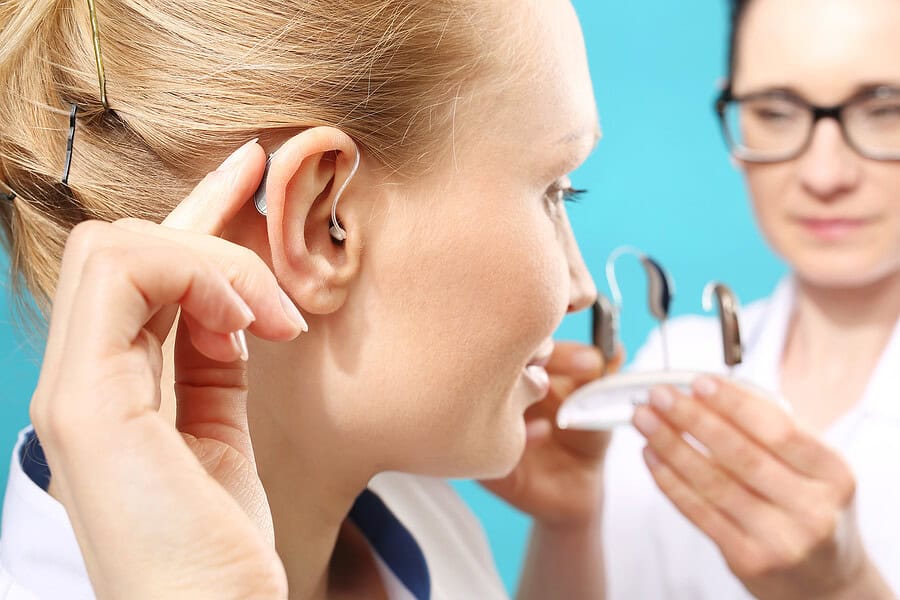Hearing aids are more than just devices; they’re lifelines to the sounds and conversations that shape our world. But like any technology, they aren’t built to last forever. Recognizing when it’s time for an upgrade isn’t just about replacing worn-out equipment; it’s about staying connected to what matters most. From subtle performance changes to cutting-edge advancements, understanding the signs of a needed update can make all the difference in maintaining an active, engaged life.
Signs of Diminished Performance
One clear indication that hearing aids may need replacement is a decline in performance. If sounds seem muffled or distorted despite regular cleaning and maintenance, it’s worth paying attention. Reduced battery life is another warning sign, as older devices tend to drain power more quickly. Also, persistent feedback or whistling noises can indicate that the hearing aids no longer function as they should.
Wear and tear over years of daily use can also affect their efficiency. Components like microphones and receivers may degrade, leading to inconsistencies in sound quality. When these issues arise, consulting a hearing health professional can help determine whether repairs are an option or if it’s time for an upgrade.
Outdated Technology
Hearing aid technology evolves rapidly, offering new features that enhance user experience. Devices over five years old may lack advancements like Bluetooth connectivity, rechargeable batteries, or improved sound processing. Modern hearing aids can connect to smartphones and other devices, providing seamless streaming of calls, music, and other audio.
Directional microphones and noise reduction capabilities have also improved significantly in recent years. These advancements allow users to hear conversations more clearly in noisy environments, a feature that older models might not provide. If current hearing aids are missing these functionalities, exploring newer options could significantly improve day-to-day life.
Changes in Hearing Needs
Hearing loss often progresses over time and can outpace the capabilities of existing devices. Regular hearing health exams are necessary to monitor changes and adjust accordingly. If hearing aids no longer match the level of support required, they may need to be replaced with devices better suited to the current hearing profile.
An updated device can provide improved sound clarity and better amplification tailored to the individual’s needs. Hearing health professionals can recommend solutions based on the latest audiograms, ensuring optimal support for ongoing hearing health.
Frequent Repairs
Repeated trips for repairs can signal that hearing aids are nearing the end of their lifespan. While minor issues like replacing tubing or cleaning filters are common, frequent malfunctions may indicate underlying problems. Repair costs can add up quickly, making investing in a new pair more cost-effective than continuing to fix an older model.
Newer devices often come with warranties and customer support options, providing peace of mind. In addition, manufacturers continue to improve durability and reliability, reducing the likelihood of future breakdowns.
Weighing the benefits of advanced technology and improved performance against the cost can help make an informed decision. Regular consultation with a hearing health professional ensures the right balance between budget and needs.


